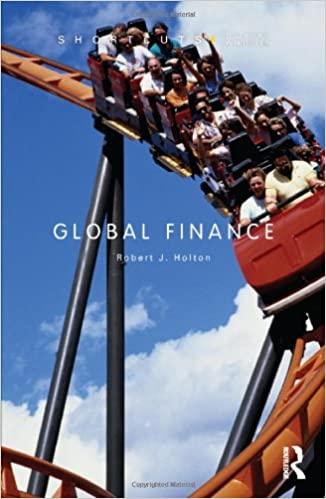Question
A long-term financial planner for Union Pacific (UP) is evaluating two mutually exclusive investments for the company. The first investment would be an expansion and
A long-term financial planner for Union Pacific (UP) is evaluating two mutually exclusive investments for the company. The first investment would be an expansion and upgrade of locomotive manufacturing facilities that would initially cost $40 million but yield positive, end of year, net cash flows of $6.4 million per year for 20 years. The alternative investment in manufacturing facilities would cost $12 million initially but generate positive, end of year, net cash flows of $2.72 million per year for 20 years. UP's WACC is 10%. For questions 1 and 2, use a calculator and show your keystrokes.
Question 1: Determine the NPV for each investment. Check figure: NPV for the second investment is $11,156,893. Question 2: Determine the IRR for each investment. Check figure: IRR for the first investment is 15.03%.
Question 3: Which of the two investments should be undertaken by UP? Explain why.
Question 4: As it turns out in this case, NPV and IRR don't agree as to which investment should be undertaken by UP. Explain how a conflict like this can happen.
Question 5: Given the cash flows associated with each investment described above, are multiple IRRs possible with either investment? Answer Yes or No and explain why. Hint: Your answer should consider whether "normal" or "nonnormal" cash flows are occurring with either investment and what the difference is between these two types of cash flows.
Step by Step Solution
There are 3 Steps involved in it
Step: 1

Get Instant Access to Expert-Tailored Solutions
See step-by-step solutions with expert insights and AI powered tools for academic success
Step: 2

Step: 3

Ace Your Homework with AI
Get the answers you need in no time with our AI-driven, step-by-step assistance
Get Started


